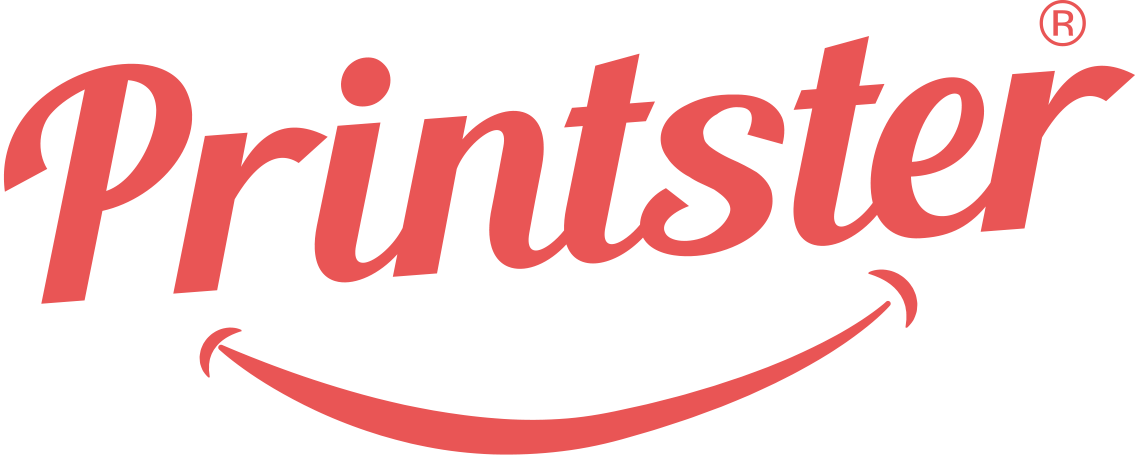The ASA (Advertising Standards Authority) have recently released a new online guide to help influencers understand when their posts are considered an ‘ad’ and how to disclose this correctly. The Influencer’s Guide has been developed in collaboration with the CMA (Competition and Markets Authority).
The ASA and the CMA are two separate organisations with two different regulations - Influencers and brands need to be aware of BOTH regulations.
Here at The Blogger Programme, we’ve summarised all you need to know from the new guide below.

What Counts As An Ad?
Paid-For-Space
- This applies for spaces that are normally used for ads e.g. banners ads, paid for search results and the ‘sponsored / promoted’ posts on social media platforms
Own Advertising
- If you’re posting about your own services (products you sell, events you’re running) then this counts as advertising.
- This includes prize draws or giveaways you do (considered promotional marketing and you would be the ‘promoter’).
Affiliate Marketing
- Does your content promote a product or service and contains a hyperlink or discount code?
- Do you therefore get paid for every click or sale that can get tracked back to your content?
If so, that’s an ad.
If only part of your content contains affiliate links / discount codes and the rest contains normal editorial content then only the parts of your content that related to the affiliate links need to be clearly disclosed (e.g. Affiliate links used in Instagram stories or YouTube video descriptions).
If all of the content contains affiliate linked products, then the whole thing is an ad.
Brand Advertorials
- Has a brand paid you in some way (money, product, services, trips, hotel stays, paid to be an ambassador etc)
AND
- Has the brand has some form of editorial control over your content (Told you what to say, asked you to use a particular hashtag, asked you to create an unboxing, told you what day to post, asks for content approval etc.)
If so, that’s an ad.
Remember it has to be AND not OR to qualify as an ad under the ASA guidelines.

How Do I Make It Clear If An Ad Is An Ad?
ASA likes labels that just say it how it is e.g.
- Ad
- Advert
- Advertising
- Advertisement
Other labels are riskier and depend on the wider content but we usually recommend staying away from:
- Sponsorship, Spon, Sponsored Content
- In association with
- Thanks to [brand] for making this possible
- Just @ mentioning the brand
The Fine Print You Need To Know
However if the brand has paid you in some way and does not have some form of editorial control over your content - this qualifies as SPONSORED content and is subject to regulation enforced by the CMA (rather than an AD under the ASA).
So What Does This Mean?
The CMA expects brands, influencers and media agencies to disclose when content is ‘paid-for’.
This means if a brand has given you money, product, services, trips, hotel stays, paid to be an ambassador etc, you MUST make sure the content is clearly identifiable as being paid-for (e.g. using labels such as ‘Advertisement Feature’ or ‘Advertisement Promotion’).
We hope our summary has helped you understand the fine details a little bit better but don’t forget you can check the full Influencer’s Guide here.
Here at The Blogger Programme we ensure that all our in-house managed campaigns abide by ASA and CMA guidelines. Don’t forget to sign up to TBP to keep updated on industry topics and new campaigns!
TBP x

